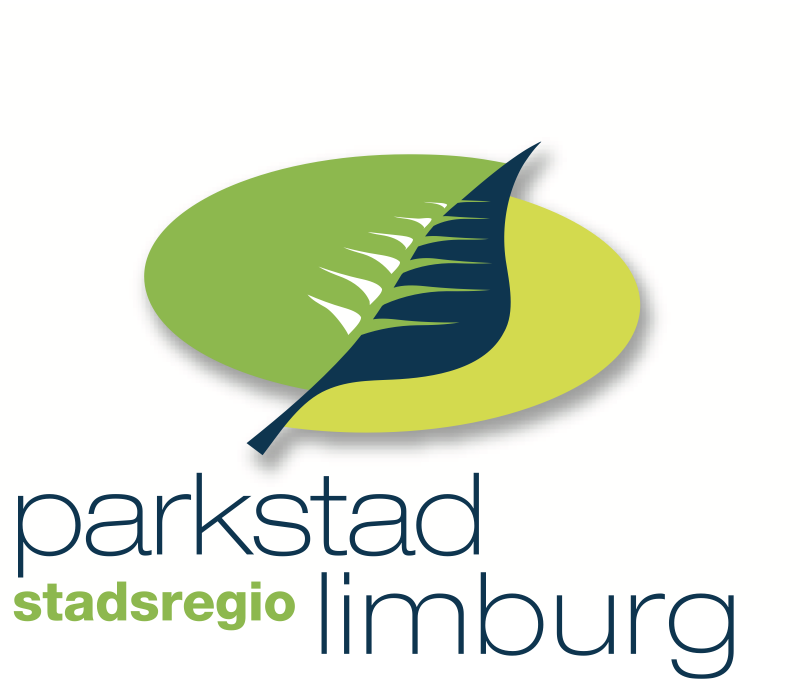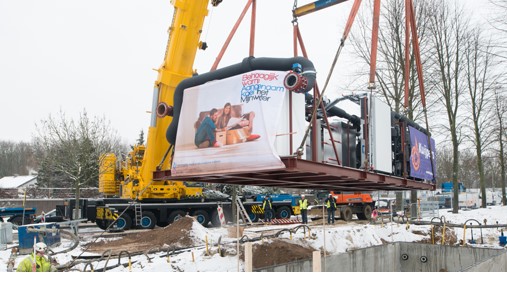Mijnwater | Heerlen, The Netherlands
| In Heerlen, Mijnwater designed and built the next generation district heating and cooling grid (5GDHC). There are others, but Mijnwater is a leading example, at a larger scale. To reduce energy losses to a minimum, the grid operates at (ultra) low temperatures of 18-28ºC. This 5th generation grid is optimized to allow connected users to either receive warmth, or to reject it when they want cooling. Sharing warmth and cold between buildings reduces the collective energy needs. Waste heat automatically becomes valuable when it enters the grid. By storing any excess heat and cooling, this value is saved for the future. Heat pumps at the point of delivery guarantee the correct temperatures, also for domestic hot water. Their electricity consumption can ultimately be decarbonized. The resulting picture: a demand-driven grid in which the energy source is not anymore a central plant. It’s a disruptive approach for utilizing urban thermal grids. Storage of heat and cold is more central, but can be implemented at smaller scales. Since Mijnwater uses a thermal storage that extends over a large area, the grid had to start at a large scale. Deployment is also proceeding in separated islands, with smaller storage, to be connected later. The local economy profits, as previous expenditure on fossil fuels now go into local investment and jobs. The Mijnwater grid in Heerlen shows the way towards sustainable district heating and cooling, ultimately with zero carbon emissions. |



